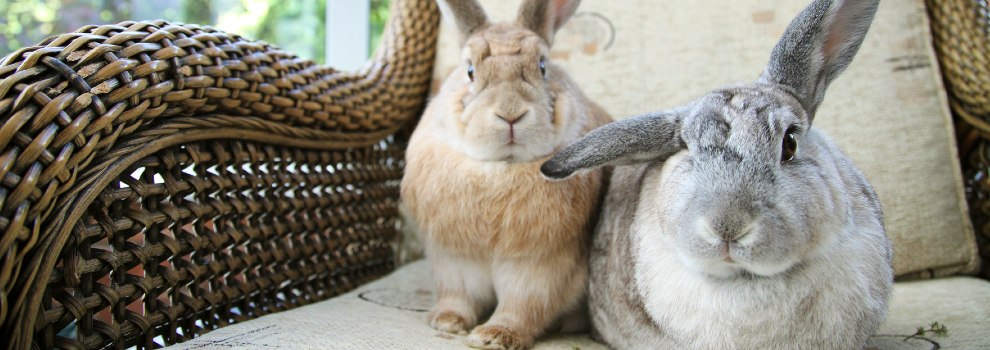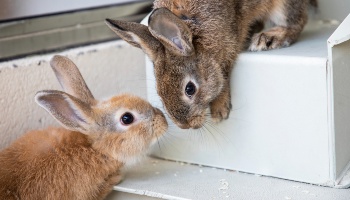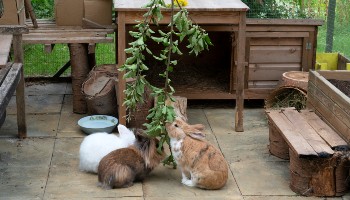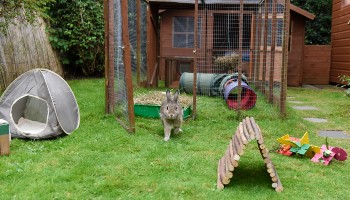- Find a Pet
- Advice and Welfare
- Ways to Give
- Get Involved
- What We Do
- Search
- My RSPCA
- Report a concern
- Sponsor
-
Colour modeVivid Calm
- Home
- Advice and welfare
- Pets
- Rabbits
- Winter care advice for rabbits
Winter care advice for rabbits
Pet rabbits may need your help to keep warm in the chilly winter months. And as the nights draw in and we stay cosy inside, don’t forget them. They still need to exercise every day and have regular food times, while clean accommodation, grooming and a regular check over are just as important during winter.
Rabbits don’t hibernate, so if they’re lethargic, sleepy or limp, please take them to the vet.

Preparing for winter
- Give your rabbits’ home and the exercise area an MOT to make sure everything is in good condition before winter. Check for damp or water marks and make sure any sliding bolts or other locks are working. Repair, discard or replace any items that have become damaged or dangerous. When did you last paint it with a pet-safe wood preservative?
- If you can, raise their home around four inches from the ground, so it doesn’t get damp or rotten.
- Make sure you have good stocks of hay or straw and newspaper – and keep them somewhere dry.
- Make a note to feed them lots of leafy greens and herbs as they won’t be eating as much grass and greens, such as dandelions, in the winter.
- Have they had a recent health check with the vet?
Rabbits staying outside in the winter
Make sure your rabbits’ home is sheltered from strong winds, rain and cold draughts. It will need insulating – with a special cover or blankets or old carpets – with a waterproof cover on top. But do make sure it’s well-ventilated. A transparent sheet can loosely cover any wire mesh during the day.
When it’s cold outside, your rabbits will need lots of extra bedding, especially in the sleeping area. Put newspaper underneath – it soaks up moisture and is a good insulator. Wet bedding will freeze in cold weather, so clean around their toilet area every day and the rest of the home at least weekly.
Check their drinking water regularly to make sure it hasn’t frozen (you can buy covers for water bottles). Water’s still important when it’s cold as rabbits will be getting less moisture from grass and veggies. Also make sure their food isn’t frozen or frosty – it’s not good for them.
If their exercise area is separate, give them tunnels or hideaways that are dry and sheltered. You can add bedding to make them extra snug. Cover part of the exercise area to protect your rabbits from wind and rain. But if they do get wet, dry them carefully with a towel.
If it gets very cold or snows, you may want to move their home and/or their exercise area inside.
Moving rabbits inside in winter
When the temperature dips, you can move your rabbits’ home and exercise area indoors, into a shed, outhouse or unused garage (exhaust fumes are harmful). Avoid greenhouses as they can get too hot or too cold.
It’s best if there’s a window, so your rabbits will still get natural light during the day. If the space is unheated, you could keep the insulation on the top and sides of their home. If it’s heated, keep them away from direct heat and any wires. A thermostat means you’ll be able to control the temperature.
Check the floor of the exercise area for hazards and make sure it’s clean and not covered with any paint or other chemicals. Think of putting down newspaper and hay, so it’s softer and more comfortable.
Rabbits living in your home over winter
We have lots of guidance on keeping rabbits in your home.



